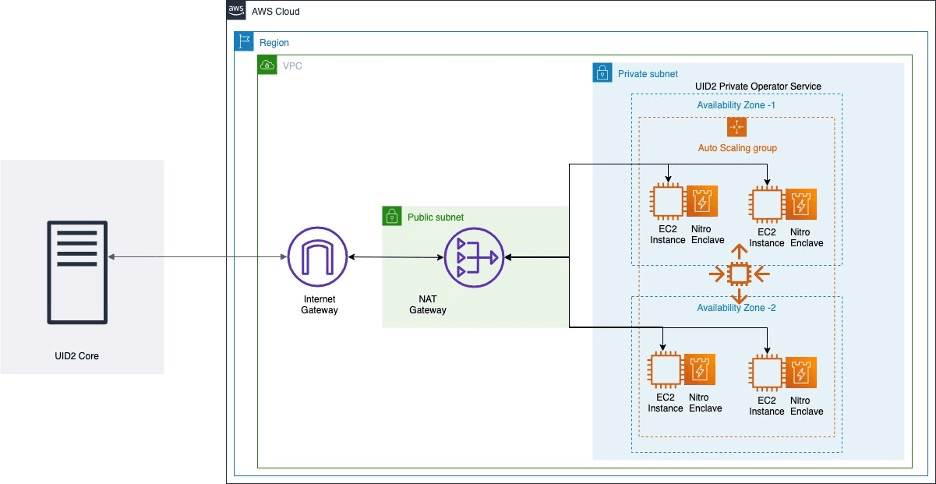Cannes Lions Festival, June 22
What is it about?
To provide personalized advertising to particular consumers and make suggestions through mobile applications, streaming TV, and web experiences, advertisers have typically depended on third-party cookies and device identifiers.

However, as the advertising sector lessens its reliance on cookies and identifiers in favor of preserving consumer privacy, industry clients are investigating new prospects to enhance how to recognize people online and deliver targeted advertising in an open and reliable manner.
To take advantage of this opportunity, the industry has developed Unified ID 2.0 (UID2).
The Trade Desk created UID2, a non-proprietary, open standard that is used by participants in the whole advertising ecosystem. Without the aid of third-party cookies, UID2 enables advertisers, agencies, ad technology providers, and ad publishers selling advertising to continue to deliver pertinent, tailored advertising.
Additionally, it offers consumer consent procedures with transparency built in. Despite UID2’s potential, there is currently no straightforward way to implement UID2 operator services into your Amazon Web Services (AWS) account.
Here’s what AWS announced through their blog post.
Today we’re excited to introduce Unified ID 2.0 on AWS, a new solution that enables advertising industry customers to easily deploy UID2 operator services with improved data security and transparency in their advertising workflows with only a few clicks via AWS Marketplace.
The solution enables advertisers to anonymously match ad opportunities with their own first party user data, helping to protect consumer privacy and providing users with relevant advertising by using AWS Nitro Enclaves to build trusted compute environments for UID2 operator services that protect and securely process highly sensitive data.
“With our strategy of providing identity solutions that are multi-layered, Unified ID 2.0 is an important open-source identity solution for the open web that enables Acxiom and Kinesso to directly connect brands’ audiences with the publisher ecosystem without client data leaving our privacy-safe environments.
We’re excited by the ‘Unified ID 2.0 on AWS’ solution to further enhance data security and privacy through the use of AWS Nitro Enclaves, and to reduce heavy lifting from our development teams to launch Unified ID 2.0 in our AWS Cloud environment.
Further, because Unified ID 2.0 directly connects first-party audiences to publishers, this solution will help with improved efficiency, match rates and ultimately, better customer experiences.”
Ian Johnson, Global Chief Operating Officer, across Acxiom, Kinesso, and Matterkind
How are UID2 identifiers different from third-party cookies?
- UID2 identifiers are never shared between partners. Instead, they are encrypted into ephemeral UID2 “tokens.”
- UID2 tokens do not persist and instead use a cryptographic nonce so their value is different each time they are shared during real-time request and response workflows in programmatic advertising (known as the “bid stream”).
- UID2 tokens refresh at a defined interval to prevent misuse of tokens by non-UID2 participants who may want to build consumer profiles using UID2 tokens.
When a user visits a website, an ad publisher requests a user login that includes a transparent consent explanation and provides opt-in/opt-out options to personalize ads and delete data. The authenticated login information is provided to a service, a UID2 Operator, to create an SHA-256 hashed and salted alphanumeric value (“UID2 identifier”) and an encrypted UID2 identifier (“UID2 token”) representing the user.
These tokens enable advertisers to anonymously match ad opportunities with their own first-party user data, and help improve relevancy of advertising while keeping consumer information protected.

